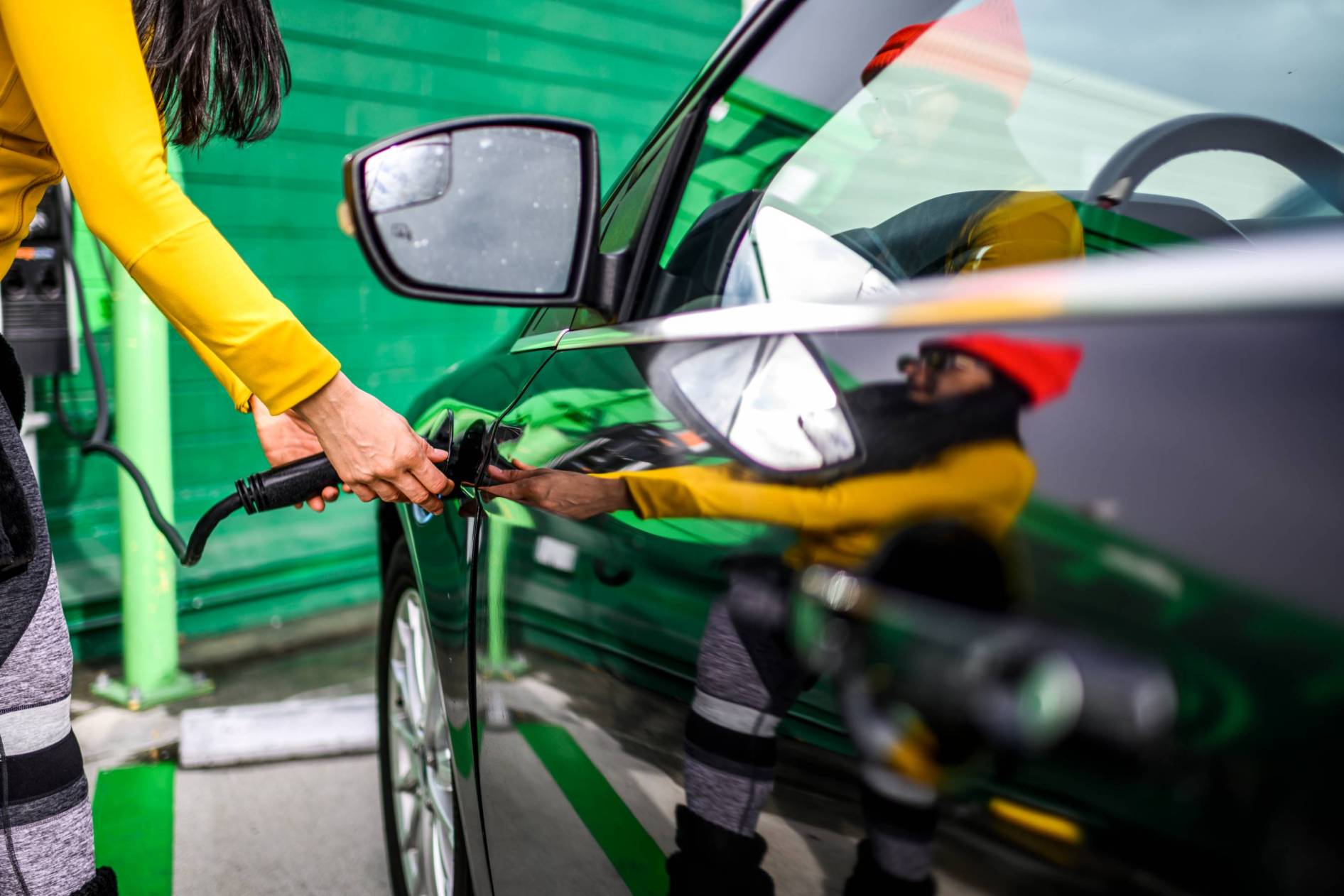Electric Vehicles (EVs) have the potential to reduce vehicular emissions significantly. But their rapid adoption and the development of supporting infrastructure presents a host of emerging challenges. Because of the ambiguity in the charging requirements of customers, the energy demand from charging stations can be unpredictable. Consumers can charge their cars at various locations and for different periods of time depending on their needs. Due to the skewed nature of power demand, the widespread use of EVs may result in unintended peaks in power consumption and resulting power quality problems, such as increased flow in power cables, transformer overload, voltage drop and voltage imbalance.
Discoms can Plan the Future for Electric Vehicles
 Distribution companies (discoms) play a critical role in addressing these problems. Discoms are responsible for developing the requisite charging infrastructure to support large-scale EV penetration. Consequently, they must estimate the number of EVs that are likely to be in use and their estimated impact on the grid.
Distribution companies (discoms) play a critical role in addressing these problems. Discoms are responsible for developing the requisite charging infrastructure to support large-scale EV penetration. Consequently, they must estimate the number of EVs that are likely to be in use and their estimated impact on the grid.
Shakti Sustainable Energy Foundation supported Integrated Research and Action for Development (IRADe) to carry out a study on EV charging patterns and their impact on discoms. This study is designed as a support tool for discoms to calculate the load profiles of EVs and the electricity demand required for charging EVs until 2030—a key input in planning future infrastructure requirements. The study also provides provide policy direction to meet the ambitious targets of Delhi’s EV policy.
New Delhi: A Guide for EV Charging Infrastructure
Delhi notified its EV Policy in 2020. With an ambitious target of electric vehicles reaching 25% of new vehicle registrations in 2024, the policy focuses on electrification of shared and commercial transport. The policy is also a key measure to tackle the the city’s deteriorating air quality. Because of this impetus, Delhi is witnessing a sharp rise in the sale of electric two- and three- wheelers. The city has an aggregator policy in place under which ride aggregators and delivery services will have to mandatorily adopt electric vehicles while procuring new fleets. Fuelled by these developments, the adoption of EVs in the city is set to grow.
Using New Delhi as a case, the study by IRADe assesses EV growth in the city till 2030 by surveying EV users in the segments of 2-wheelers, 3-wheelers, 4-wheelers (Private) and 4-wheelers (Institutional). The findings were used to inform the likely impact of EV growth on the local distribution and transmission network in the city. The study estimates a substantial number of EVs plying on Delhi roads in 2030:

Key Findings
Surveyed Vehicles:
- E-rickshaws are mostly charged during late evening (around 8 pm). According to the survey, very few e-rickshaws are charged during the afternoon, and as a result their impact on the grid is minimal at this time. Also, since e-rickshaws have very small batteries, their impact is significant only when the numbers plying are very high. The charging pattern for this category of vehicles is similar during weekdays and weekends
- EV-2Ws, like e-rickshaws, are plugged in for charging during the evenings (around 7 pm). According to the survey, only 46 per cent of EV-2Ws are charged during the weekend as compared to weekdays. As a result, their impact during the weekend is comparatively subdued. Very few vehicles are charged during late morning and noon.
- Surveyed vehicles for EV-4W, which are privately owned, show that only 35 per cent of vehicles are charged during weekends as compared to weekdays. This sharp reduction can be attributed to limited travel to the workplace during weekends. The weekend impact is insignificant with a plateaued load curve. The weekday load of this vehicle category impacts the grid during the late evenings to early morning hours as most vehicles are plugged in at around 7 pm. This category of vehicles is also recharged at noon in and around the office complexes or parking spaces
- Among the surveyed EVs, EV-4Ws used or rented by institutions comprised the major portion of the survey count. Moderate charging patterns were noticed. As a result, their increased impact was noticed in survey results as multiple peaks during the day primarily due to top-ups. The slow charging impact of this vehicle category was similar to EV-4W (private) with evening plugins adding to the load in the evenings to night time
Estimated Impact of EVs on the Grid in 2030:
- The impact of EVs in 2030 is profound. The estimated hourly demand of EV load share in 2030 (without EV load) on weekdays is:
- Maximum of 17 per cent at 00:00 hours in peak months
- Maximum of 5 per cent at 22:00 hours in lean months
The estimated hourly demand of EV load share in 2030 (without EV load) on weekends is:
-
- Maximum of 4 per cent at 00:00 hours in peak months
- Maximum of 10 per cent at 22:00 hours in lean months
Recommendations for DISCOMs:
- The following aspects require further exploration:
- Policies for shifting charging times based on the demand-supply pattern of electricity
- Sensitivity of charging time with the price of electricity
- Demand management policies for shifting charging time based on demand-supply pattern of electricity
- Augmentation of the existing network to manage the grid efficiently based on the EV load during certain hours of the day and the required charging infrastructure
- Effective management of high renewable energy and EV integration into the grid
- Injection of harmonics by EV charging systems into the grid
